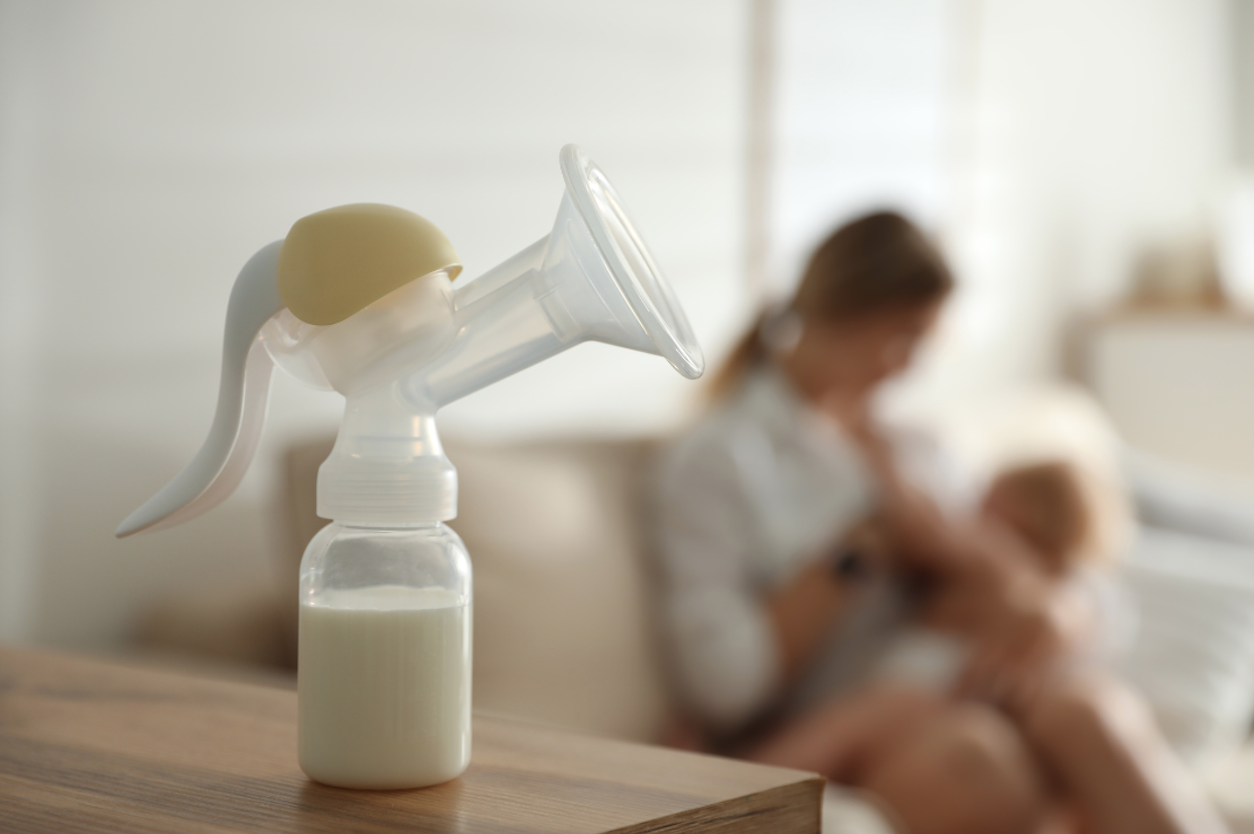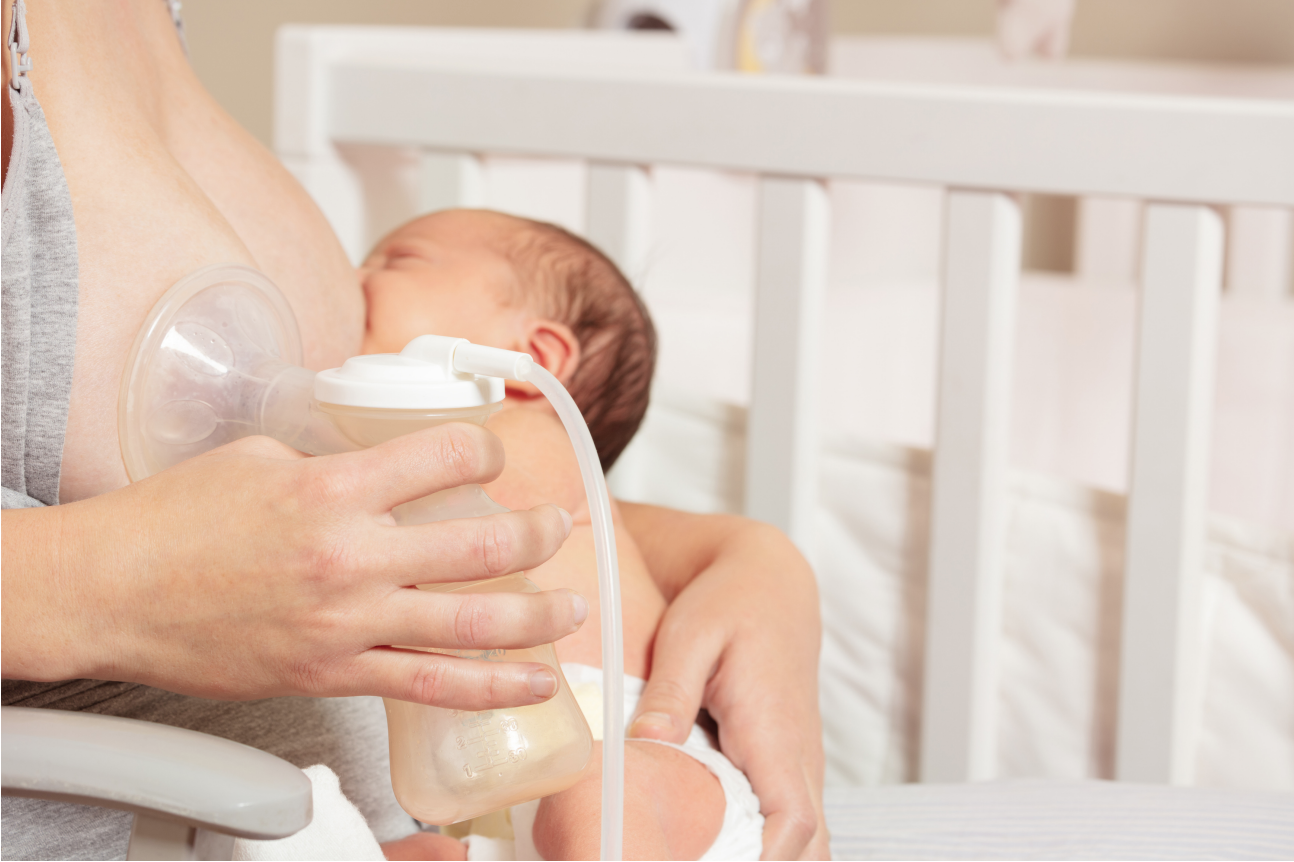
Breast milk is often referred to as a gold liquid for infants. It’s not just a source of nourishment; it’s also a potent provider of essential nutrients, antibodies, and a strong foundation for your baby’s healthy growth.
Whether you’re a working mother or just looking to have some extra milk available for when you need to run some errands or appointments, understanding how to properly store breast milk is crucial.
In this guide, we’ll delve into the reasons behind the importance of correct milk storage, the intricacies of effective breast milk storage, and as usual, I’ll share my top 5 tips for safely utilising your stored milk.
Why Does Proper Storage Matter?
Proper breast milk storage ensures that your baby receives all the benefits of this liquid gold while keeping it safe. Here’s why it matters:
- Nutrient preservation: Correct storage methods help maintain the nutritional value of breast milk, ensuring your baby gets all the essential nutrients.
- Contamination prevention: Proper storage reduces the risk of bacterial contamination, which can harm your baby. Babies are highly vulnerable, so minimizing exposure to external bacteria is crucial.

- Convenience: Storing breast milk allows you to plan ahead and have a readily available food source for your baby when you’re not around.
The Ins and Outs of Effective Breast Milk Storage
Now, let’s explore the details of how to store breast milk effectively:
- Hand hygiene: Prior to expressing or handling breast milk, thoroughly wash your hands with soap and water to prevent contamination. Unclean hands can transfer viruses and bacteria, some of which can cause illness. Additional hand hygiene and cleaning of the breasts before expression are not necessary.

- Container selection: The first step is choosing suitable containers for storing your breast milk. Several studies have examined a variety of available containers. They revealed statistically significant increases in protein carbohydrate concentrations in all containers, but no significant differences between the containers in terms of fat, protein, carbohydrate, or energy contents.
- Express milk: Use a breast pump or express milk by hand, ensuring that all equipment is clean. Following hand cleansing and cleaning of pump parts according to the manufacturer’s instructions, there appears to be no difference in milk contamination between pumping and hand expression.
- Labelling: Always label your breast milk containers with the date and the time of expression. This helps you use the oldest milk, adhering to the “the first in, first out“ principle and preventing waste.

- Trust your senses: Always rely on your senses when assessing breast milk. If it looks or smells unusual, or if you’re unsure about its safety, it’s best to discard it. Keep in mind that refrigerated and frozen human milk may have a different odor than fresh milk due to the lipase breakdown, and this doesn’t necessarily mean it should be discarded. In fact, there’s no evidence to suggest that infants reject human milk due to this odor.
- Storage guidelines:
- Room temperature (Up to 25oC): Freshly expressed breastmilk can be safely stored at room temperature for up to 4-6h, depending on the room’s temperature. If the room exceeds 25oC, it’s best to use the milk within 4 hours.
- Refrigerator (from 0 to 4oC): Breast milk can be stored in the back of the refrigerator for 3-5 days, with 4 days being optimal. Keep it away from the door, as it experiences temperature fluctuations when opened frequently.
- Freezer: Depending on the temperature, breastmilk can be stored:
- 0 to -4oC: Up to 3 months.
- -4oC to -18oC: Up to 6 months.
- -18oC or lower: Up to 12 months.
My Top 5 Tips for Safely Using Your Stored Milk
1. Fresh milk first: Whenever possible, opt for fresh milk, as it’s of higher quality compared to frozen milk. It contains maternal antibodies and boasts higher levels of antioxidants, vitamins, protein, and fat compared to refrigerated or frozen milk.
2. Thaw frozen milk care: When you’re ready to use frozen breast milk, aim to do so as quickly as possible to preserve its nutrients. Avoid refrigerating thawed milk, and if you do, be aware that it should be used within 24 hours. Instead, place the milk container in a bowl of warm or boil water to thaw.

3. Avoid microwaves: Never heat breast milk in a microwave, as it can create hot spots that might scald your baby, and may destroy valuable nutrients. Safely warm the milk by placing the container in a bowl of warm or boiling water.
4. Be cautious with previously fed milk: Once an infant has started drinking expressed human milk, some bacterial contamination may occur from the baby’s mouth. While there isn’t enough evidence to specify how long this remaining milk should can be used, recent recommendations suggest discarding it within 1-2 hours. Also, remember that you cannot reheat it.
5. Mix fresh milk carefully: If you plan to mix different batches of fresh milk, do so when both containers are at the same temperature. It’s advisable not to combine freshly expressed milk with refrigerated milk to avoid bacterial growth. Ideally, mix them within an hour.

The evidence on certain aspects of human milk storage is still limited. Many studies are dated and vary in methodology, making comparisons difficult. These studies differ in aspects like milk collection techniques, container cleanliness, storage duration, thawing methods, and warming techniques. While it would be ideal to establish a universal guideline for human milk storage, it may be challenging to account for unique or specific circumstances in various cultures.
In essence, human milk’s macronutrient composition can change after being subjected to storage, freezing, and thawing processes, and fat content may significantly decrease across different containers. However, proper storage practices can help maintain the nutritional quality and safety of this invaluable resource for your baby.






